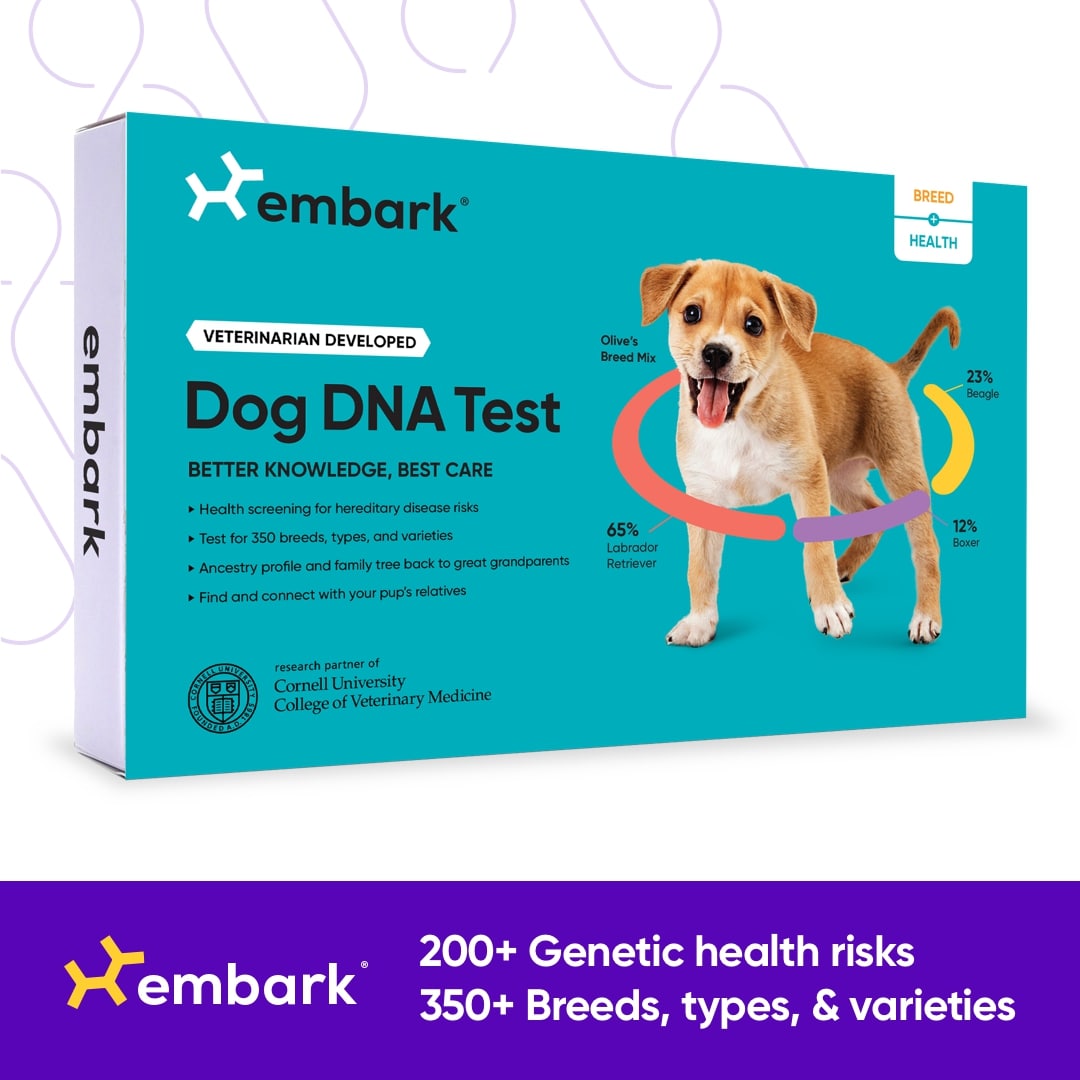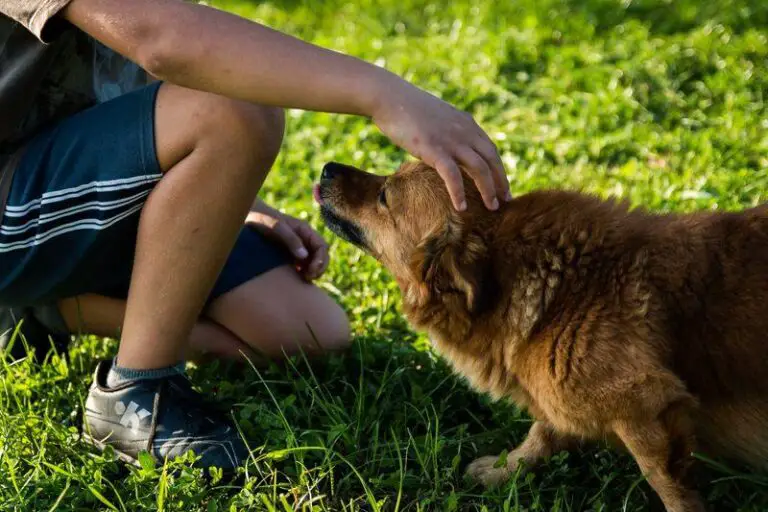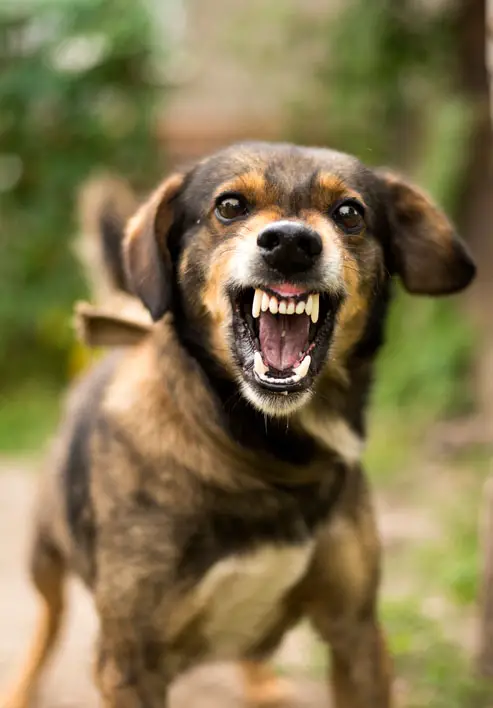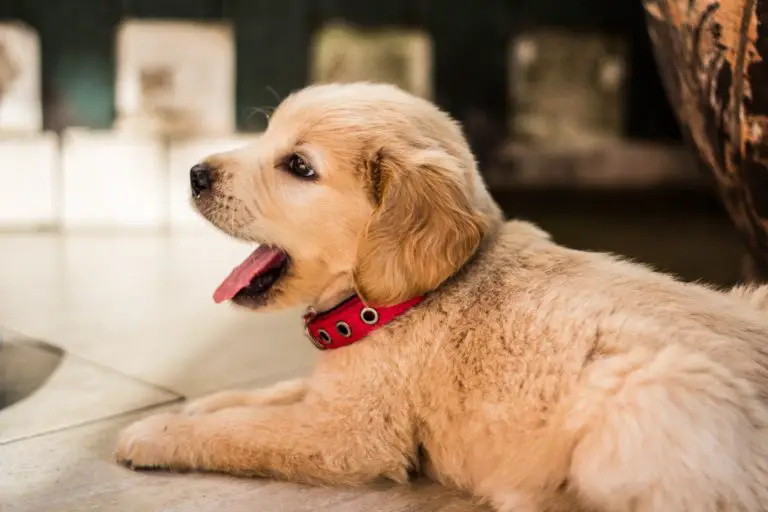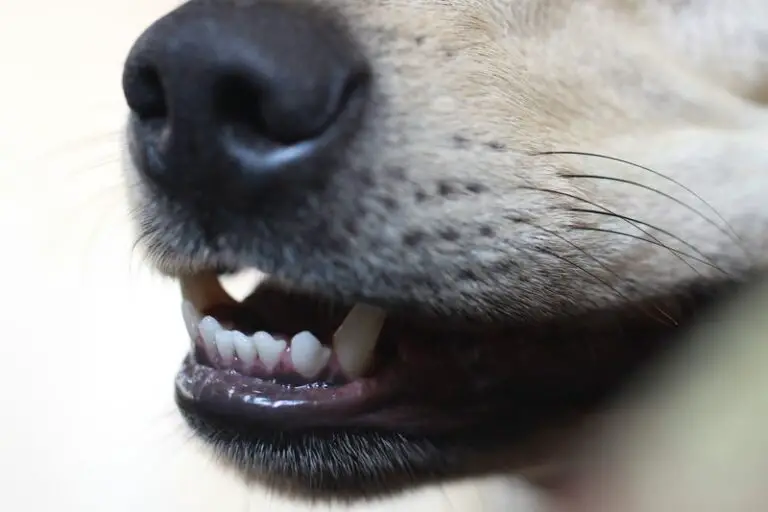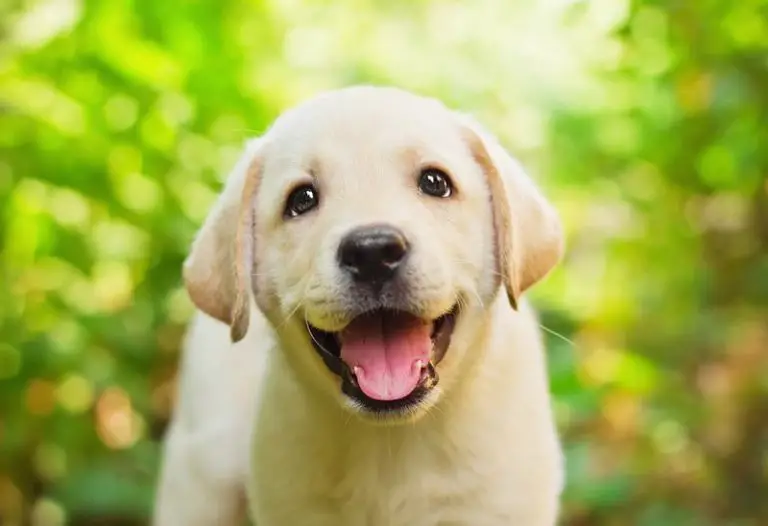How To Get Your Dog To Become Friends With The New Puppy
Are you thinking of getting a new puppy? Do you already have a puppy but things aren’t quite working out between your new puppy and your older dog? Well, this problem is quite common to see amongst two dogs.
Many dog owners become so excited and overwhelmed with joy about their new puppies that they may sometimes overlook or fail to acknowledge that their dogs may not be as inviting as they are. Dogs usually find it harder to accept a new puppy into their territory.
If you feel like your dog is presenting the new puppy with territorial behavior, doesn’t like to share their toys, barks, and growls at the new dog, or even showing aggressive attacking and biting them then here are some useful ideas that you can do get your dog to get along with the new puppy.
Firstly, we must understand why your dog is so uninviting or aggressive towards the new puppy.
Reasons why dogs may not get along with new puppy.
There are a variety of different reasons your older dog may just not like your new puppy. As a dog owner, it is your responsibility to guarantee the safety of your dogs at all times.
Reason #1 – Your Dog May Be Feeling Jealous
Believe it or not but dogs do get jealous. If you seem to be spending more time with the new puppy than you are on them, then this may raise some red flags for your older dog. Dogs are very smart and intelligent creatures. Therefore, they are able to sometimes predict the outcome of a given situation.
Your dog may be feeling like you will eventually devote all of your time, energy, and resources to the new pup. If you have a dog that craves your attention and seems to always want to be around you and follow you around, then getting a new puppy can be a threatening and scary situation for your older dog.
One way to prevent your dog from becoming jealous is to show both dogs an equal amount of love, affection, and attention. Dogs can often tell when they are not wanted.
They can show this either in the form of sleeping often, drastic decreases in energy, spending a lot of time in their crate, ignoring your presence, not eating their food, or by showing you many other signs of depression.
Reason #2 – Territorial Behavior/Resource Guarding
Usually larger breeds such a German Shepherd, Doberman Pinschers, Bulldogs, Golden Retrievers, Pitbulls, etc are very aggressive and territorial dog breeds. Though it is not uncommon to see smaller dogs such as Terriers or Chihuahuas as a bit over-protective about their environment as well.
This behavior is also commonly known as resource guarding. Signs of resource guarding are shown in dogs that are possessive. Meaning that does not share anything such as their beds, toys, human, and especially not their dog food.
Dogs that possess this type of behavior are what are considered territorial canines. This Alpha dog mentality is your dog’s defense mechanism just kicking into action and it is programmed into your dog via their instinct.
Your dog may not think that they are being selfish, mean, or aggressive, but rather, they are protecting you as well as protecting their household.
Reason #3 – There’s No Connection
Sometimes, your dog may just not like the vibes your new puppy is giving off. Your dog probably sniffed the new puppy’s butt and found out that he’s a vegetarian and maybe your dog just doesn’t want to be around that type of negative energy all day. (kidding)
Neglecting the bad joke, dogs do often find it hard to relate to each other, whether it may be a size difference, breed difference, or just personality.
For instance, if you have a very lazy dog and happen to bring home a puppy that is excited, peppy, and full of energy, your older dog may see this as overwhelming and just want to take no part of the extracurricular activities that are taking place.
Now that you know just a few of the major reasons why your dog may not get along with the new puppy here are some progressive steps that you can implement today to create a better environment for communication between your dogs that will allow them to become great friends.
How To Get Your Dog To Get Along With The New Puppy
Below are 3 steps to what I call the “progressor” method of teaching dogs to get along with each other.
Step 1 – Physical Separation
For this step, I recommend using a dog gate as your physical device to prevent anything from happening. You can get a Freestanding Dog Gate (link to Amazon). I selected this one to use between my dogs because it was super simple to install, and I was able to easily stick it in the hallway to keep my dogs separated until I was fully comfortable for them to play with each other.
Sometimes, when a dog sees a new dog entering their house their first instinct may be to lunge at them or attack them. This is simply one of their defense mechanisms/instincts kicking into action.
If your dog does not begin to bark, growl, or show any signs of aggressive behavior then this is good. This is a sign that your dog may be accepting of the new puppy.
Allow your dog to sniff the new puppy, look at them, and interact with them through the gate. If you notice that your dog is whining, then this may be a sign that your dog is eager to meet their new friend and say hello to them without the gate.
If your dog does bark at the puppy and shows signs of aggression, then consider checking out this article “Best Dog Training For Aggressive Dogs” which outlines basically everything you need to do to rid a dog of their aggressive behavior.
It is silly, but sometimes using a gate or fence can be a bit counterintuitive. Have you ever noticed how aggressive dogs can become when there is a fence between them?
They’re all like “hold me back bro”.
Allow them to interact with each other under very close supervision while the gate is still set in place to keep them separated. After about 10 -15 minutes of them getting acquainted with one another and you feel like their interaction was safe enough to continue, you can move on to step #2.
Step 2 – Lift them in your arms.
After approving of your dog’s behavior, towards the new puppy try picking up your puppy and allow them to get a bit closer. The reason you may want to pick your puppy off the floor is so that your dog does not trample or hurt your puppy. There will be an extreme size difference that your older dog may not realize initially.
Another reason is that you will want to keep your puppy protected just in case your older dog decides to lash out at the last minute.
While your new puppy is in your arms, allow the older dog to get a bit closer to sniff, lick, touch, and just get used to the puppy’s presence.
Simply observe their communication further and if everything looks A-Okay then it is time to move on over to step number three.
Step 3 – Unrestricted observation
Under very close supervision, you can just sit back and let them play for a few minutes. Leave them to fully explore each other and play around. This type of communication is the building block used to create an environment for good communication between dogs.
Be sure that your old dog is not roughhousing with your puppy. This can be seriously overwhelming for your puppy. Imagine if you were introduced to somebody that towers over you, I’m sure being in this situation for your new puppy can feel intimidating.
Also, initiating friendly games between your dogs will increase the chances of them liking each other. Letting them chase you around, simply fetch, or using other dog toys will help them to get to know each other and become more comfortable.
How long does it take for a dog to get used to a new puppy?
This process can take anywhere from 3-4 days to about 5 weeks. The speed at which your old dog gets used to the new puppy is solely based upon the amount of time they spend together.
If your older dog neglects the new puppy, then expect to see the latter in about 5 weeks. On the other hand, if your older dog is welcoming, inviting, and all-around excited to simply see the new pup then you can bet they will be accustomed to each other’s presence in about 3-4 days.
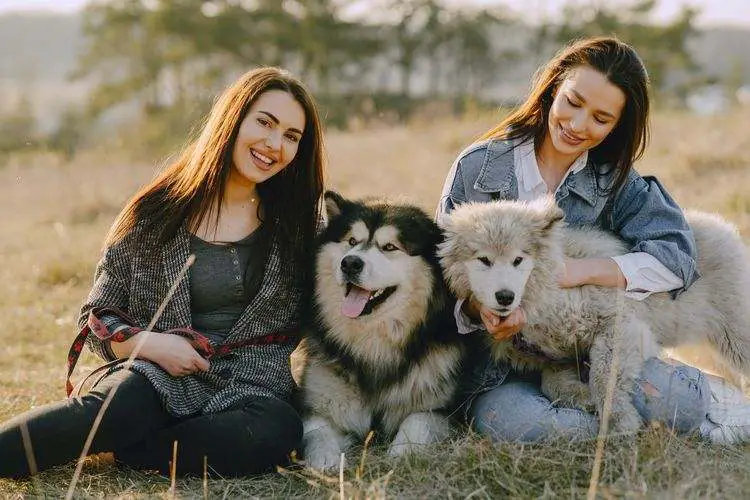
DO NOT FORCE IT! Let the interaction between your dog and your puppy be a natural process. All dogs will not have a “best friend”, “follow you around” kind of relationship with each other. Some dogs may simply enjoy each other’s company for about an hour or two a day and head back to their respective areas.
A sure-fire way to tell if your dog is used to the new puppy is when they can take walks together without messing with one another. Walking both of your dogs together is a great activity to initiate a deeper bond between them. Dogs that can walk together can flock together! (or something like that, IDK)
How to tell when dog is playing too rough with new puppy?
There are many signs that can be visibly seen that your older dog is being an aggressor while your puppy takes the role of the victim. Some of them are very easy to spot while others are more minuscule.
These signs can include but are not limited to:
Dog is biting puppy too hard
It is natural for dogs to play with each other using their mouth and teeth. This sort of playing is perfectly fine if it appears that both dogs are participating.
Often, you will notice that one dog is super aggressive and begins to either bark, snarl, or growl. If this action occurs more than a few times, then it is suggested that you step in and try to calm the aggressive dog down before things start to escalate.
Puppy is crying or whining when playing with older dog
If your older dog is just naturally a “roughhouse” kind of dog then their actions could potentially injure your new puppy. There will be a significant size difference between the two. It is your job to make sure that the older dog plays nicely so that injuries are kept at a minimum and both dogs are kept safe.
Puppy is running away from older dog (disinterested)
If your puppy feels like the older dog is playing too rough, you may see them take matters into their own hands and simply walk or run away from the situation. This is a sign they do not want to be bothered and is simply not in the mood for playing games with their new housemate.
Puppy and older dog not getting along?
To get a puppy and older dog to get along you need to slowly start making them spend more time together in a safe and controlled environment. Your dogs need to become used to seeing each other.
This can take anywhere from 3-4 days to about 5 weeks.
To speed up the process, try initiating games for them to play, go on walks together more often, and let them interact with each other as well as other dogs.
Tips For Introducing A New Puppy to Your Older Dog.
• Slowly introduce your older dog to the new puppy.
• Don’t force them to become best friends. Let the interaction be natural.
• Learn to spot aggressive behavior.
• Encourage them to play.
• Take walks with them together.
Conclusion:
I hope that this article has been both helpful and insightful and has brought you the education that you sought after that will better enable you to become a better dog parent and will allow your dogs to become great friends.
Here are some handpicked articles that were chosen especially for you that may assist you in your dog training journey:
Mental Stimulation Games For Dogs
Things Every New Puppy Owner Should Know

